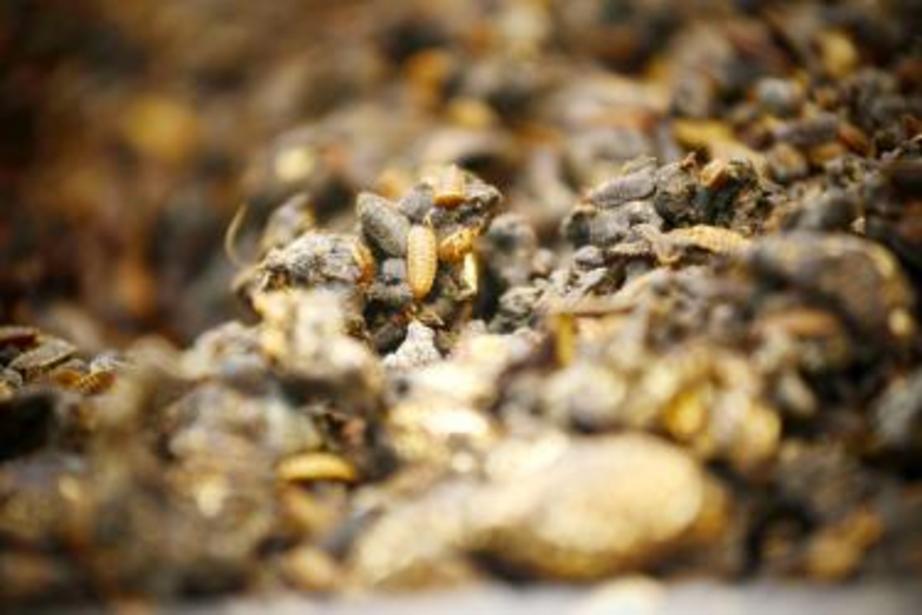Why mountains of food waste are disappearing in China
Black soldier fly larvae farming is booming as one of the world's most populous country gets serious about tackling food waste.
Want to see the circle of life play out in a thoroughly unappetizing but ingenious manner?
Then look no further than an enterprising farm outside the city of Pengshan, in China’s Sichuan province. (But seriously, set aside your lunch if you have an aversion to squirming masses of fly larvae.)
It’s here that farm manager Hu Rong is raising maggots — the larvae of black soldier flies, to be exact — as part of a gag-inducing but highly effective effort to put a dent in the egregious amount of food waste produced by China’s 1.4 billion-some residents. As recently reported in the South China Morning Post, each Chinese citizen discards an estimated average of 30 kilograms (66 pounds) of food, much of it perfectly good, per year. In total, China produces 40 million metric tons of food waste annually — roughly the equivalent weight of 110 Empire State Buildings.
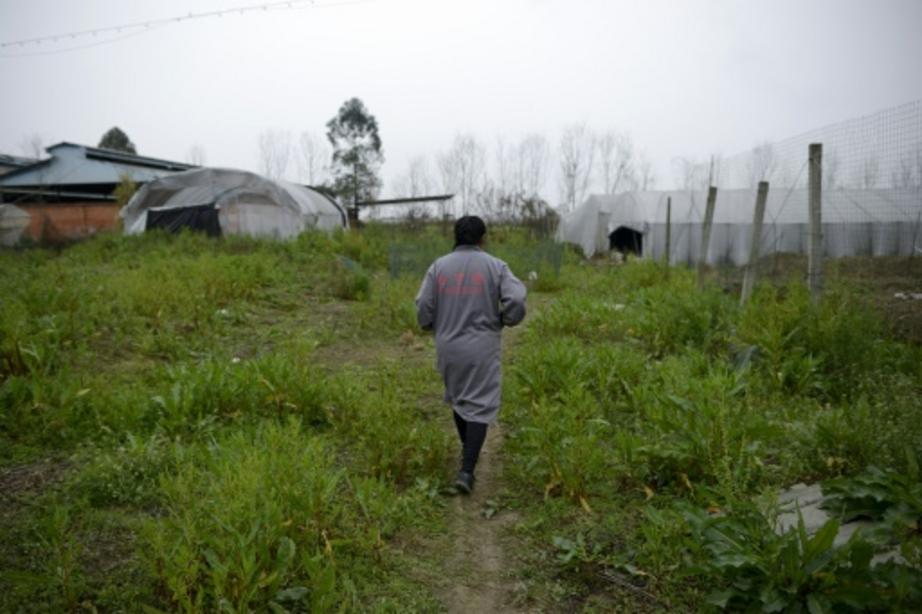
A sizable chunk of this unceremoniously chucked grub comes from the restaurant industry, which is why Hu has smartly partnered with Chengwei Environment, a waste recovery firm that collects food waste from over 2,000 restaurants in the Sichuan capital city of Chengdu.
Hu purchases these restaurant-generated leftovers from Chengwei Environment to feed her army of ravenous maggots, which can consume double their body weight in organic waste in a single day. Place a heaping pile of trashed meat, veggies, fruit and other edibles in front of these industrious, indiscriminating gorgers and — viola! — it magically disappears within hours.
To complete this rather tidy circle (and to generate income), the farm then sells the garbage-satiated maggots as a protein-rich animal feed. Their fecal waste is also sold and transformed into a potent organic fertilizer.
Eliminating waste while benefitting agriculture
Although supplying livestock and fish with insect meal is a longstanding tradition in Chinese agriculture, the practice is just now catching on in the United States and across Europe as researchers tout the environmental benefits of moving away from land- and water-intensive grain-based (primarily corn and soybean) feed. In countries like China where livestock regularly dine on insect feed, there certainly aren’t any complaints coming from the farm animals themselves.
Just think: in numerous Chengdu restaurants, the remains of that delicious kung pao chicken dinner (one of Sichuan’s most famous culinary exports) could find its way to Hu’s farm and be fed to the farm’s resident maggots. Then, down the line, the fattened maggots could be turned into feed and consumed by the poultry that ultimately winds up being offered on the menu as kung pao chicken in those very same restaurants with their waste being used to fertilize the accompanying vegetables.
Christoph Derrien, secretary general of the International Platform of Insects for Food and Feed, a nonprofit that represents Europe’s bourgeoning insect feed industry, is happy to note that the EU is relaxing its rules and will begin permitting fish farms to use insect feed starting later this summer.
“It’s an encouraging first step because the EU is opening up to this more and more,” he says.
A multitasking miracle worker in maggot form
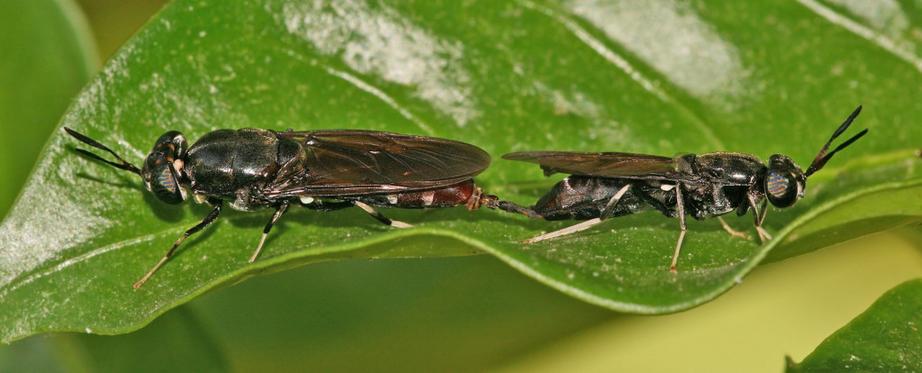
Hu, for one, is more than happy to sing the praises of oft-maligned maggots and their highly efficient food waste-combating qualities.
“These bugs are not disgusting! They are for managing food waste. You have to look at this from another angle,” she explains, noting that just one kilogram (2.2 pounds) of fly larvae can consume two kilograms (4.4 pounds) of garbage in four hours or less.
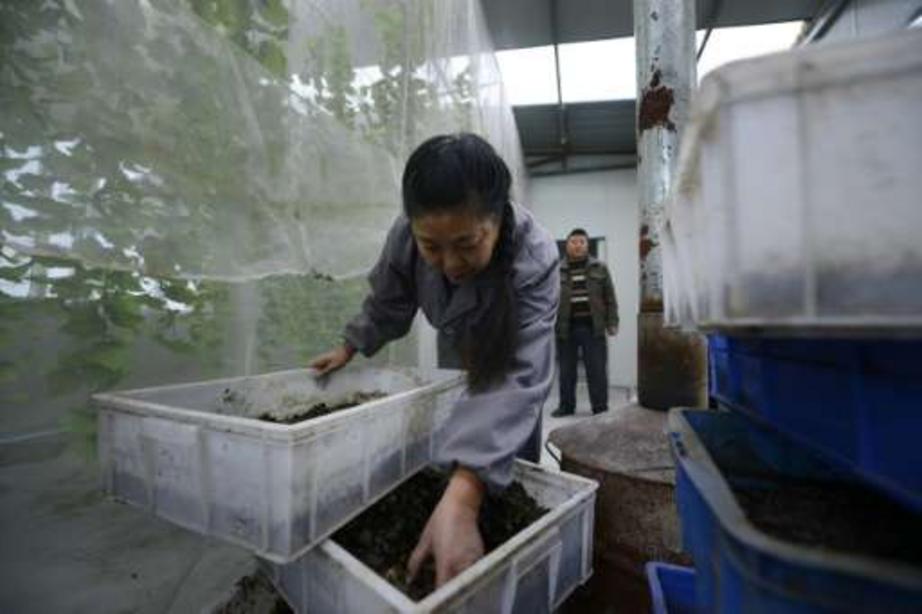
As Entomology Today explained in 2015, if the black soldier fly (Hermetia illucens) larvae “ could enter competitive eating contests, they would excel, especially when it comes to eating nasty stuff that we don’t want around or wouldn’t think of eating ourselves."
Globally, one third — a staggering 1.3 billion metric tons — of food produced for human consumption never makes it to the mouths of consumers and is wasted, according to the Food and Agriculture Organization of the United Nations (FAO). Meanwhile, an estimated 870 million people across the planet suffer from chronic hunger.
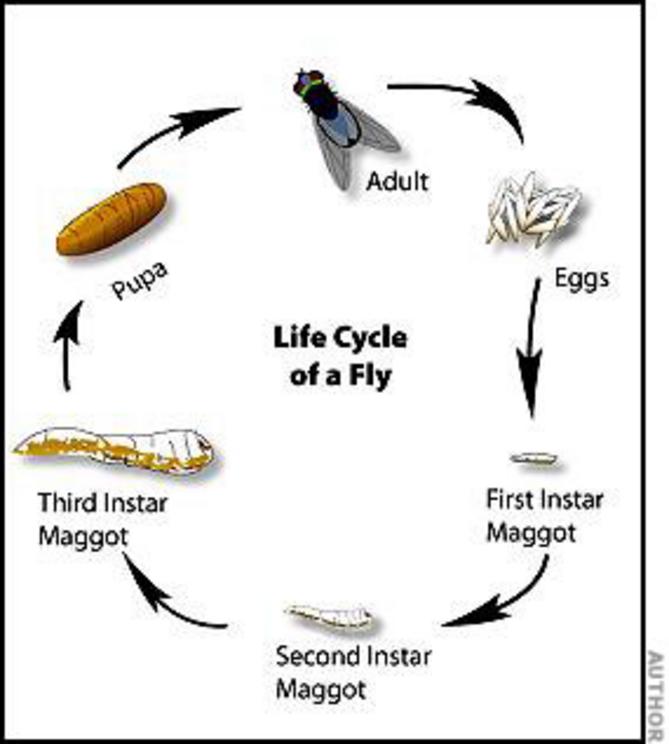
Aside from issues of waste, cast-off food comes equipped with a considerable carbon footprint. A 2013 FAO report notes that if food waste ruled its own very country (insert your own creative name here), it would rank third behind the United States and China in terms of overall greenhouse gas emissions.
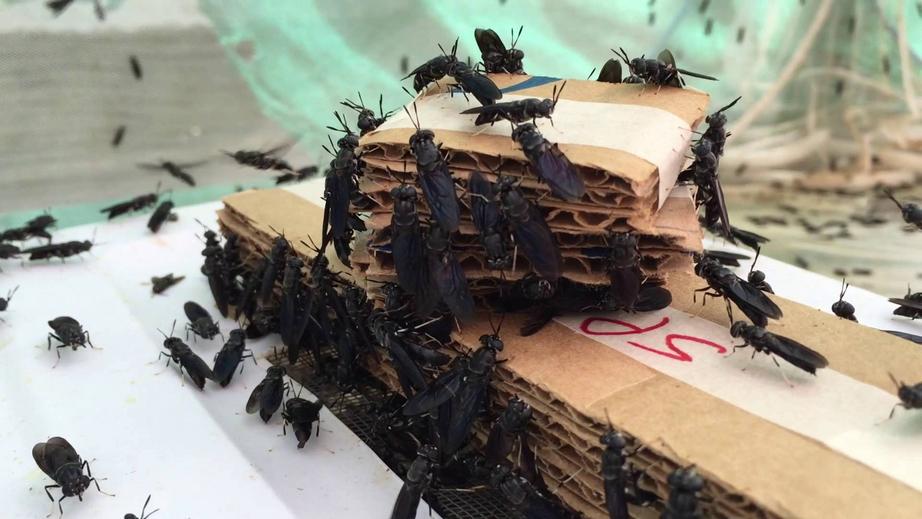
Wang Jinhua, director of Chengwei Environment, is quick to point out that China’s restaurant industry-borne food waste issues don’t necessarily stem from individual gluttony or even wasteful habits but a cultural tendency toward gracious over-ordering.
“When you invite someone to dine at a restaurant, the custom is to always order more dishes than necessary, to show your hospitality. Inevitably, the leftovers are thrown out,” Wang explains.
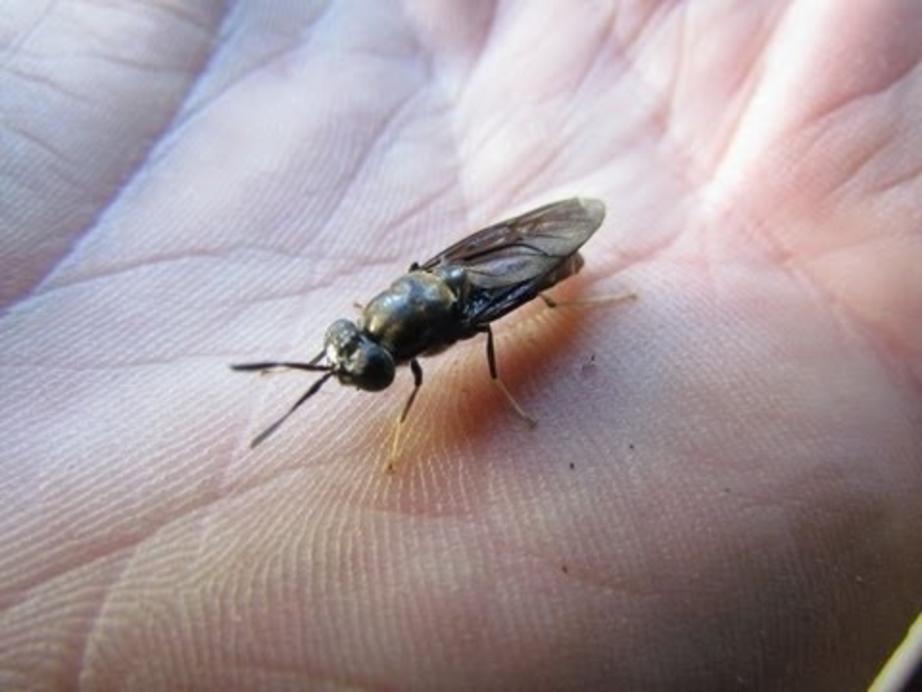
As Wang notes, black soldier fly larvae farms like the one managed by Hu are booming. Three to four similar farms are expected to open around Chengdu later this year, and there’s certainly enough wasted food to go around.
“The idea is to transform waste into useful substances,” he says.
Outside of organic waste reduction and commercial farming for livestock feed, black soldier flies boast numerous other qualities. Generally not considered a pest because they do not bite, sting or display other pesky, fly-ish behaviors, their larvae can prevent the spread of more annoying, shoo-worthy types of flies including houseflies. They also help to eliminate the stench of manure and make for good, protein-packed eatin’ ... for humans.
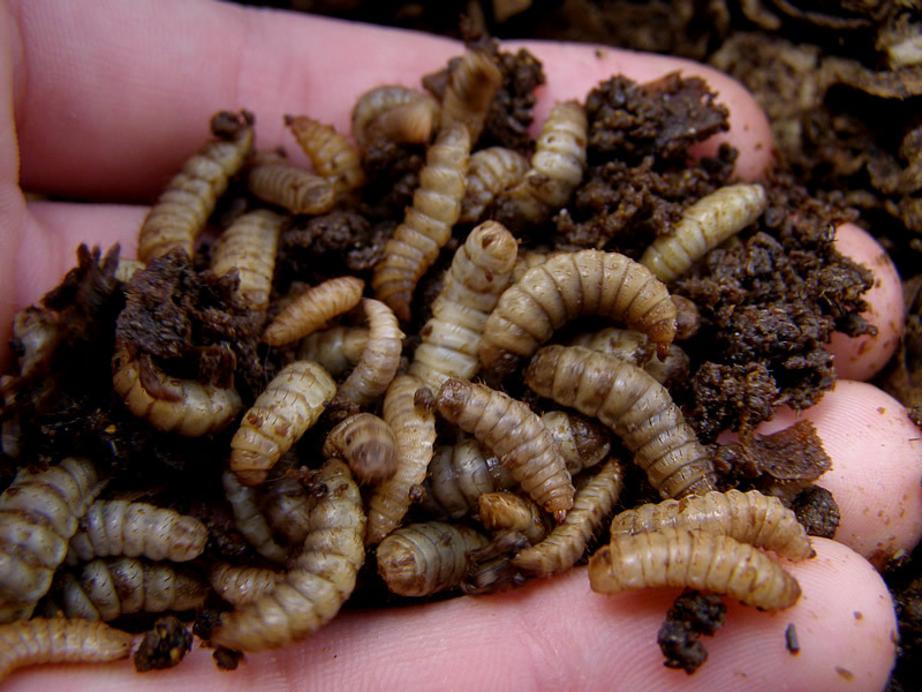
As Austrian designer and entomophagy proponent Katharina Unger noted in 2013 during the unveiling of her conceptual tabletop maggot-breeding machine named Farm 432, black soldier fly larvae is “nutty and a bit meaty” and pairs well with a nice tomato risotto: "I like to mix parboiled rice with wild rice together with the larvae, put a lot of tomato sauce in it and a bit of parmesan cheese. A bit of parsley or basil on top and you have a perfect meal."
For the rest of this article please go to source link below.
Video can be accessed at source link below.

